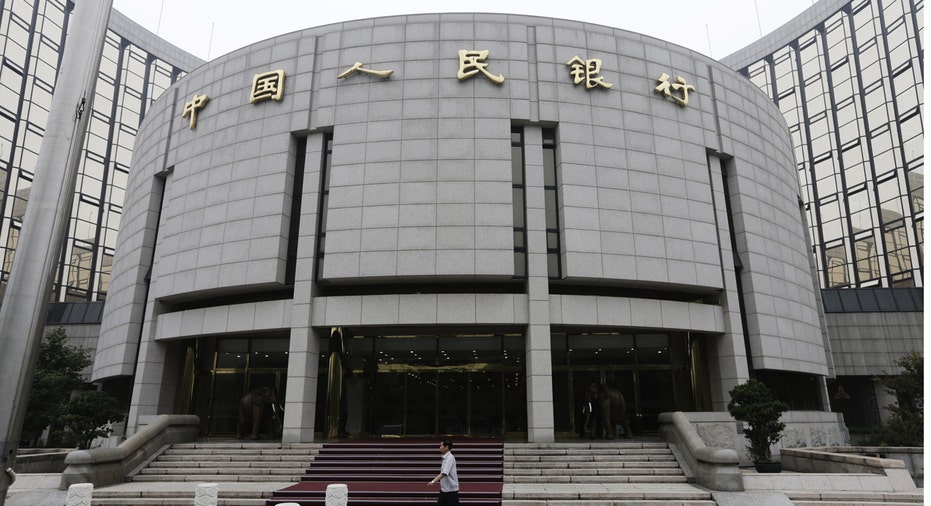China's Central Bank Cuts Rates for Sixth Time Since November

Just days after it reported its worst economic performance since the global financial crisis, China unveiled a one-two punch to prop up growth while it also swept away a major control on how banks set deposit rates. The country's central bank combined a quarter-point cut in benchmark interest rates with a half-percentage reduction in banks' reserve-requirement ratios--moves aimed at lowering corporate financing costs and funneling liquidity to the economy. Friday's action was the sixth time since November that the Chinese central bank has cut interest rates and the fourth across-the-board reduction of the amount of deposits banks are required to hold in reserve. That it also took a crucial step toward reforming its creaky banking system--removing caps on deposits--illustrated a persistent dilemma facing Chinese authorities. Broad credit-easing steps risk funneling money to unproductive parts of the economy, such as heavily indebted state-owned companies and inefficient sectors. However, under a freer deposit system the central bank intends to spur competition among banks for depositors, which could in turn steer money toward the areas that need it most, such as small and private businesses. In a statement posted on its website late Friday, the People's Bank of China attributed the measures to "downward pressure" on the world's second-largest economy. On Monday, China said its third-quarter growth came in at 6.9% compared with a year ago. While that was at the high end of estimates, raising eyebrows among economists since other data had indicated a sharper deceleration, it marked the slowest pace since the beginning of 2009, during the global financial crisis. The performance has renewed pressure on Beijing to enact more pro-growth measures to meet its full-year target of about 7% growth. Until this summer, it has been rare for the PBOC to simultaneously lower interest rates and banks' reserve requirements. The central bank made such a combo move in late August, amid a severe selloff of Chinese stocks and growing worries over the economy following a surprise currency devaluation. "Taking such a rare action again means the real economy is performing poorly," said a senior official at the PBOC. "A lot of companies have seen their profitability falling sharply, and that's a key reason why we took the action again today." Economists say the government must liberalize the financial system to put its economy on a more sustainable growth path. The central bank also said that beginning Saturday it would scrap controls on deposit rates and let financial institutions decide how much to pay Chinese savers by themselves. The move is aimed at convincing the International Monetary Fund to include the Chinese yuan in its elite basket of reserve currencies when the IMF board votes on the issue next month. "This move removes one of the last remaining hurdles to satisfying the technical criteria set by the IMF," said Eswar Prasad, a Cornell University professor and former China head for the IMF. However, China has a way to go before declaring full interest-rate liberalization as the central bank will continue to guide banks over how much they charge borrowers and pay depositors. A completely market-based interest-rate system, central-bank officials fear, could lead to risky lending behavior and higher funding costs at a time when many businesses already are having a hard time accessing loans. "It's a big test to commercial banks now that they can decide on what rates to charge and to pay on their own," the PBOC senior official said. "Of course we'll continue to provide window guidance to them." The PBOC said it would cut its benchmark lending and deposit rate by 0.25 percentage point. After the cuts, China's benchmark one-year lending rate will be 4.35%, down from 4.6%, and the one-year deposit rate will be 1.5%, lowered from 1.75%, effective Saturday. The PBOC said it would lower banks' reserve-requirement ratio by 0.5 percentage point, also effective Saturday. The official reserve-requirement ratio for most large banks will fall to 17.5% after the cut takes effect. In addition, the central bank said there will be an extra 0.5 percentage point cut in certain banks' reserve-requirement ratio, in a bid to support the country's small businesses and agricultural sector. Grace Zhu contributed to this article.